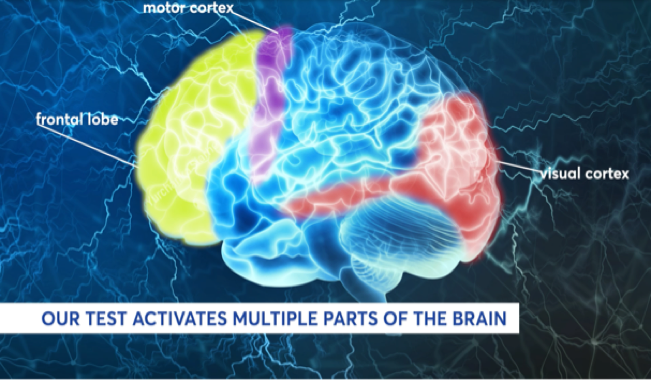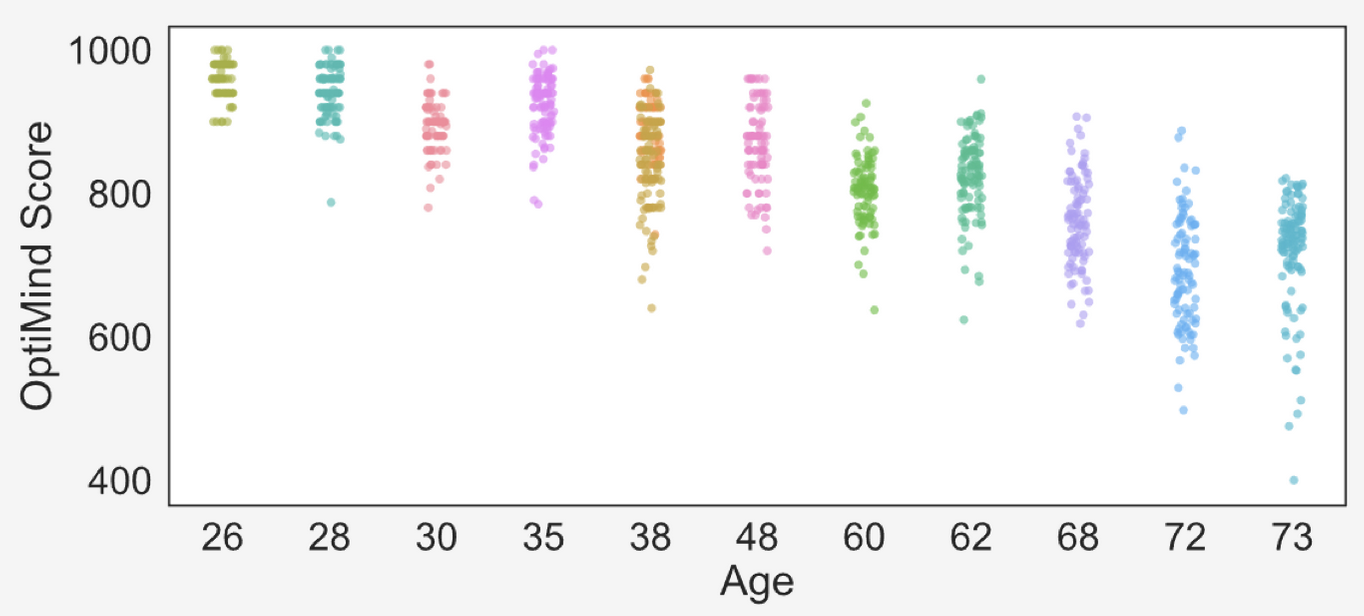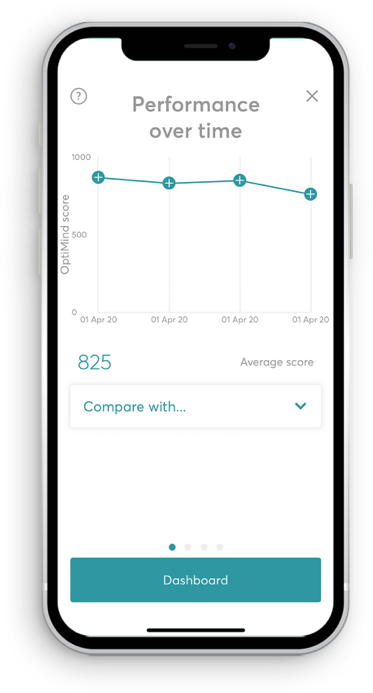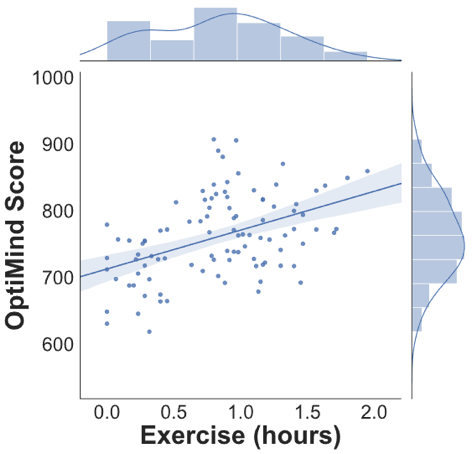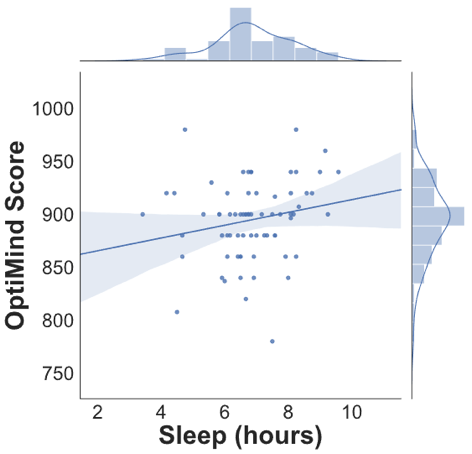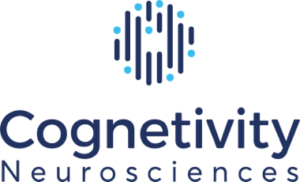OptiMind is based on the Integrated Cognitive Assessment (ICA) which is a patented test[1] based on humans’ strong reaction to animal stimuli, and the ability of a healthy brain to process images of animals in less than 200ms[2-4]. The test has been validated as a tool for use in cognitive assessments[2,5,6].
The ICA is a rapid animal/non-animal visual categorization test, which assesses information processing speed while engaging large volumes of the brain. This enables detection of subtle cognitive changes and high-resolution longitudinal monitoring of cognitive function.



